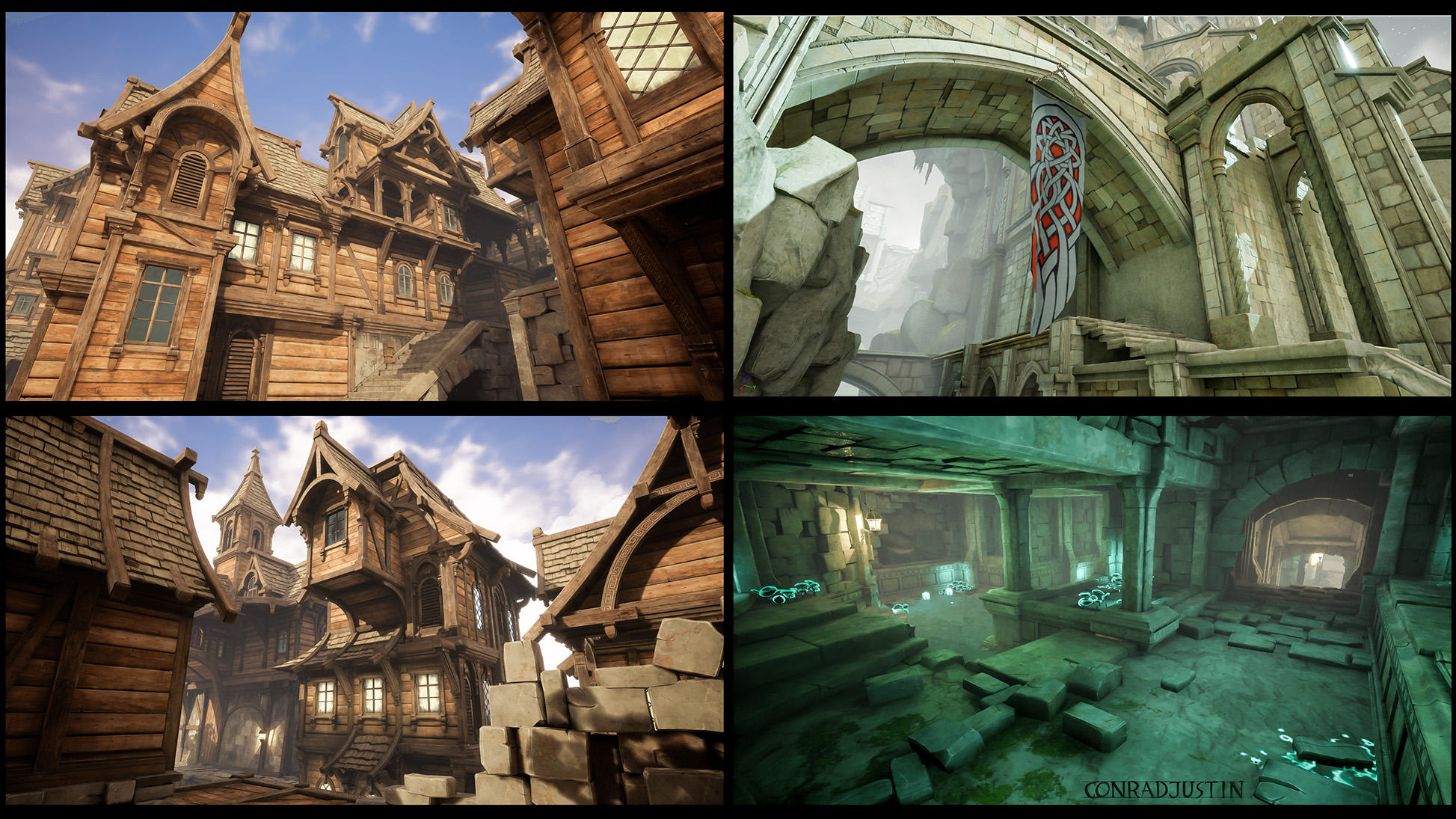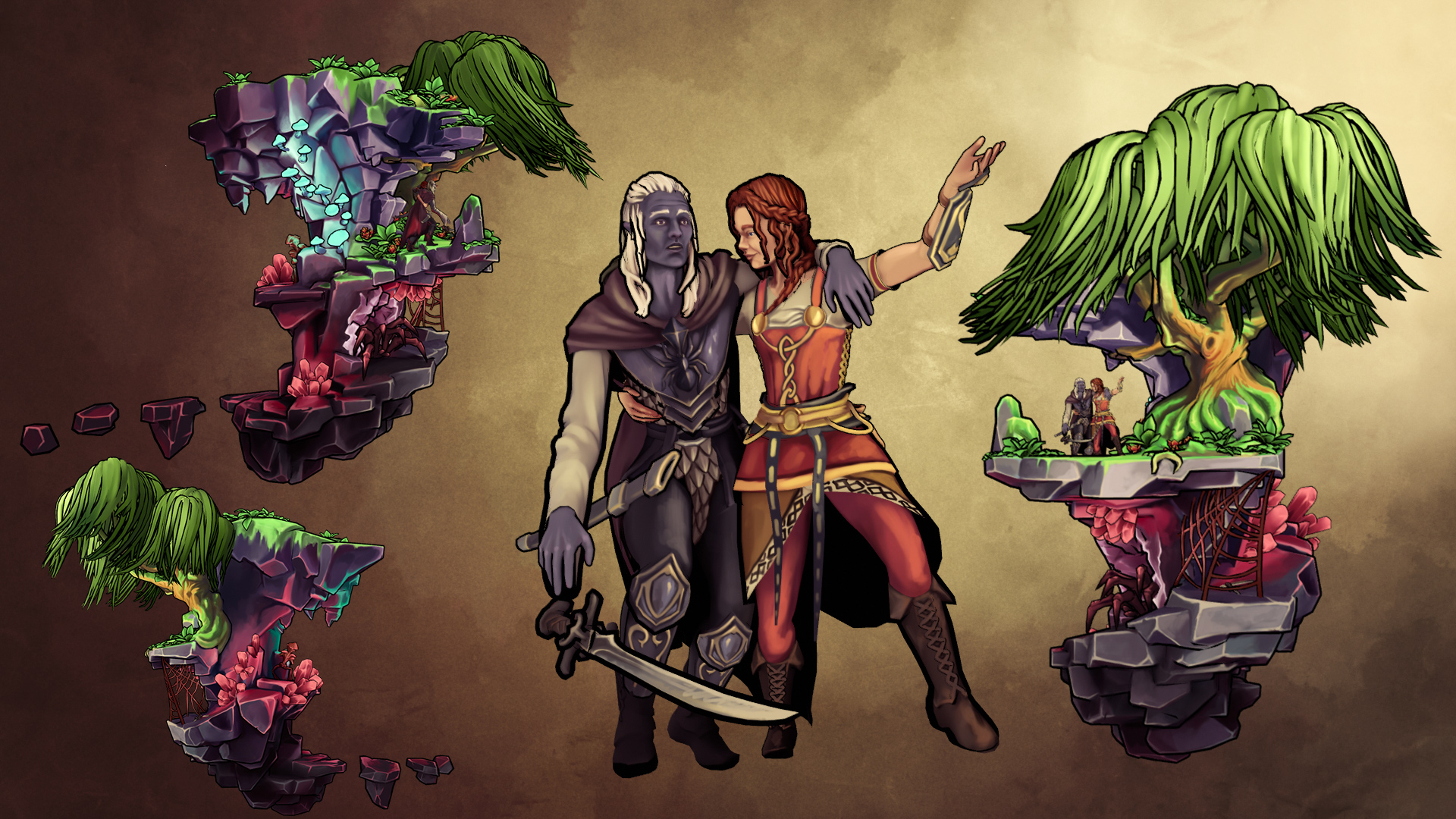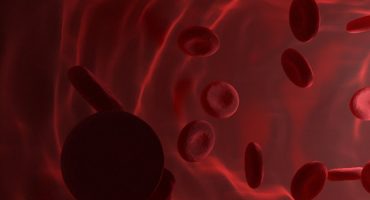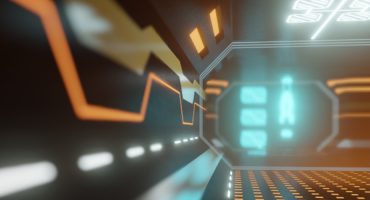Who are you?
Hi! My name is Conrad Justin and I am a 3D/2D artist, musician and composer. I am 28, I love sport climbing and I am one of the Sketchfab Masters and challenge judges. I spend a lot of time drawing, playing piano and creating virtual environments. Hang with me for a little while and I will tell you some trade secrets!
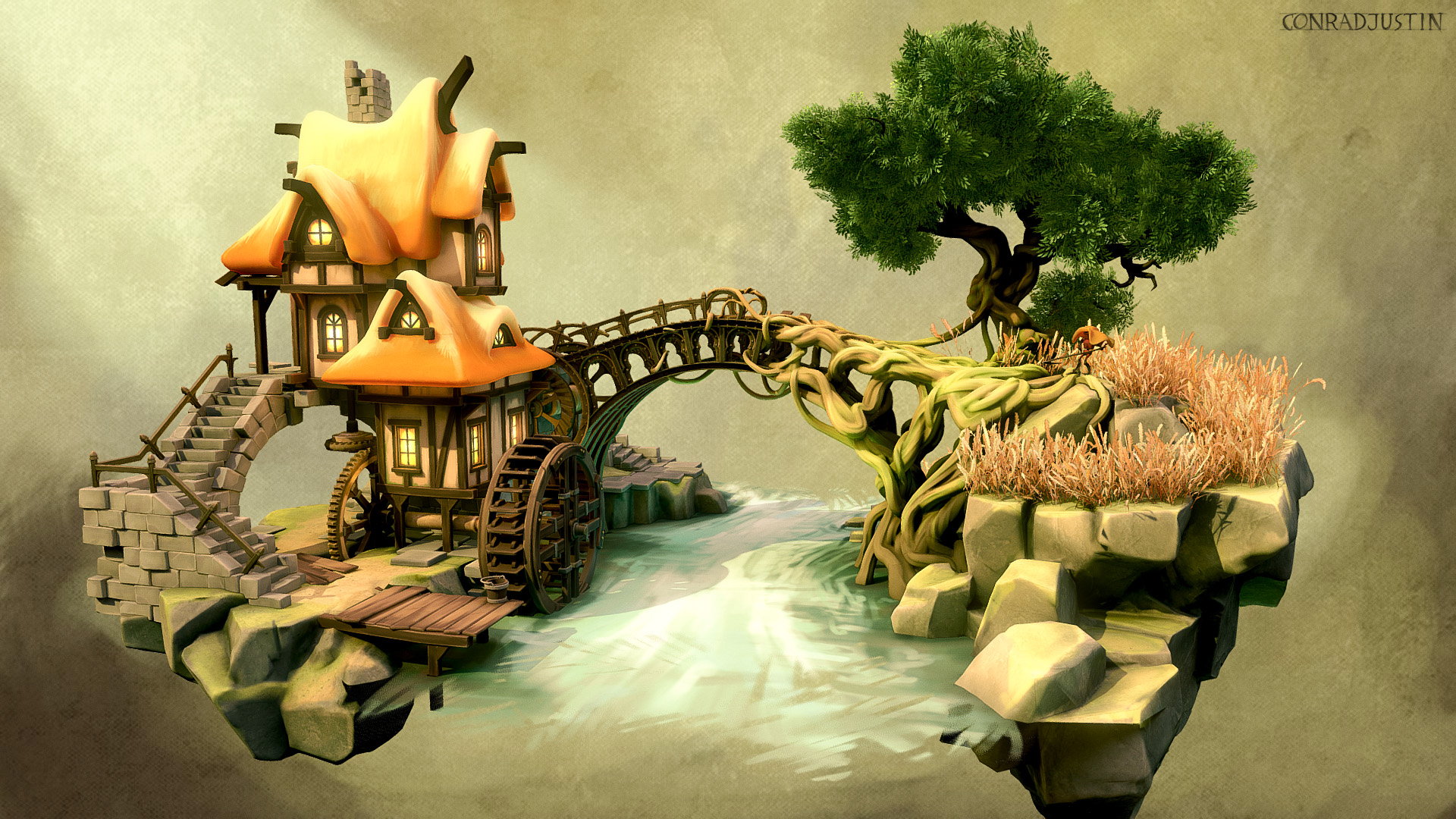 Winning entry for the Nvidia “Nature & Civilization” challenge—hey! It’s not like that! I participated in it BEFORE I was a judge!
Winning entry for the Nvidia “Nature & Civilization” challenge—hey! It’s not like that! I participated in it BEFORE I was a judge!When did you start selling assets?
My art journey started many years ago but I have been selling asset packs only since 2017. At first they were Unreal Engine asset packs—namely “Harbour Pack” released in October 2017. It started rough—I tried selling 54 meshes for 50 USD. I got a few angry reviews from people complaining about pricing. I added some new models and lowered the price, and kept on doing so for over a year until the pack was 130 models and 30 USD. Good reviews took over the bad ones and I could finally move on. Since then I made 5 big asset packs on the Unreal Engine Marketplace and 16 smaller ones on the Sketchfab Store. My Sketchfab asset packs are much more focused and contain fewer models than Unreal Engine ones.
How do you set up your products on Sketchfab?
Let me show you an example.
Let’s look at the Alchemist Workshop. First I researched old paintings, photos, old books and scenes from the movies (like Witcher or Arcane) to understand how artists imagine alchemist workshops. I also checked related existing models on Sketchfab. After preliminary sketches, I created individual assets and then started working on the scene as a whole. When everything was composed, lit, detailed and colorful, the scene was baked (to get the best lighting).
This, however, was not enough! To sell on the Sketchfab Store you should have a full asset pack! I separated the meshes into individual pieces, ensuring they had proper origins and materials. All meshes and textures were then packed into a single .blend file that I included in the pack as an “Additional file”.
Stages of my workflow:
- Research and preliminary sketches
- Modeling individual objects
- Detailed composition with textures
- Separating objects and packing an “Additional file”…
- … and publishing a baked version!
In the image below I show an example of my sketches and models based on them. When you can draw something, you can model it.
The next image shows how different compositions can be made from the same set of models. As a seller, this is a nice way of showing buyers how to use the pack and as an artist, it is a wonderful opportunity to create new compositions.
Images like that can be shown in your description to help with your sales. Also, if you want to know about the initial perspective, this article goes into depth about the principles and importance of thumbnails on Sketchfab.
How do you price your work?
When making multiple models, it’s always easier to have them in one theme. This is why it is better to group models and sell them in packs rather than individually.
Frequently I sell asset packs created as a non-exclusive commission. Such commissions are 8 to 10 times more expensive than the public pack. Example: The Forging Fantasy scene was made as a commission for 70 USD with a permission to resale. If the models were exclusive, they would cost a commissioner 160 USD. This pack that is available to everyone on the Sketchfab Store costs 9 USD.
How do you balance paid and purely creative work?
For me, artistic and commercial work blend together—it is hard to separate them. There are some situations where selling an artwork on the Sketchfab Store is inadvisable:
- selling the artwork made for a contest (technically possible but in a poor taste)
- commissioner doesn’t allow it
- selling 3D models based on someone else’s concept art (unless concept artist allows it)
- selling models that are needed as part of a tutorial (you can see my tutorials here)
Some of my models are free for download—by giving away free samples of my art I can attract more customers.
How do you decide which new assets to create?
The decision is often made by a client who contacts me, asking for a specific thing in a concrete theme. Even then I have a lot of artistic freedom. But where there are no commissioners to tell me what to do, I get inspired by my trips (to Sweden, to a nearby forest, to a museum) and by my previous projects. I try to create new scenes that would fit within the same world! For example, if I made a wooden town in a Medieval French Gothic style, the next pack I make might be a Gothic stone fortress on an island. One is an extension of the other. This compatibility makes sales easier—buyers stay in your shop to get all they need to create an immersive world.
Other people’s art is also a wonderful source of inspiration. There are painters of previous centuries—like Rembrandt, El Greco, Caravaggio, and DaVinci—and there are modern artists—Alan Lee, James Gurney, Paul Kidby, Rodney Matthews as well as fellow Sketchfab artists like Billie, Igor Puškarić, Kevin Borg, Olena, Hugo Colauto, and others.
How do you promote your work?
This is something I was never very good at. But I try:
- My brother and I are running a website
- I have a Twitter and an ArtStation account (follow me, pls?),
- Sketchfab Discord server, where I post my scenes or offer comments and feedback to fellow creators.
- Apart from that I always send links of my most recent artwork to my family,
- Sometimes I give prints of my art to people I know. It is nice to see how surprised and happy they are!
Where has your work been used?
One of my asset packs was used to recreate WoW in Unreal Engine:
Usually I have no idea how most of my models are used! Sometimes commissioners (usually indie game developers) tell me a little about the projects they are making but for the most part I am left in the dark. You know, as long as people enjoy my content, I am happy!
Why did you choose Sketchfab?
I didn’t choose Sketchfab. The Sketchfab chose me.
On a more serious note: I started using Sketchfab to showcase my art—at first I had no idea you could sell stuff here. Even now that idea is not truly rooted in my mind—I still think about Sketchfab as an art gallery first. This way I focus primarily on the artistic side—composition, value, lighting, idea, colors, etc. which helps me to grow creatively.
Sketchfab is unique because it allows you to dive deep into how the model was made, pan, orbit, zoom, show the wireframe, inspect the technique used and even guide you with annotations. What I miss is the sound option. I am looking forward to seeing it brought back, so I can use my own compositions as soundtrack once more.
Where do you see good opportunities for new assets in the future?
Currently the most successful assets are architectural packs and VR assets (characters, body parts, anime girls). As for the future, you should look at it from your own perspective: What theme/type of assets am I the most comfortable creating? Which one of my assets sells the best and how does it compare to the best-selling assets on the Store? And of course don’t forget: Will I enjoy making these types of assets?
Theoretically, we should be able to come up with something good based on the answers. Perhaps combining immersive environments WITH interesting characters is a way to go? Only time will tell.




